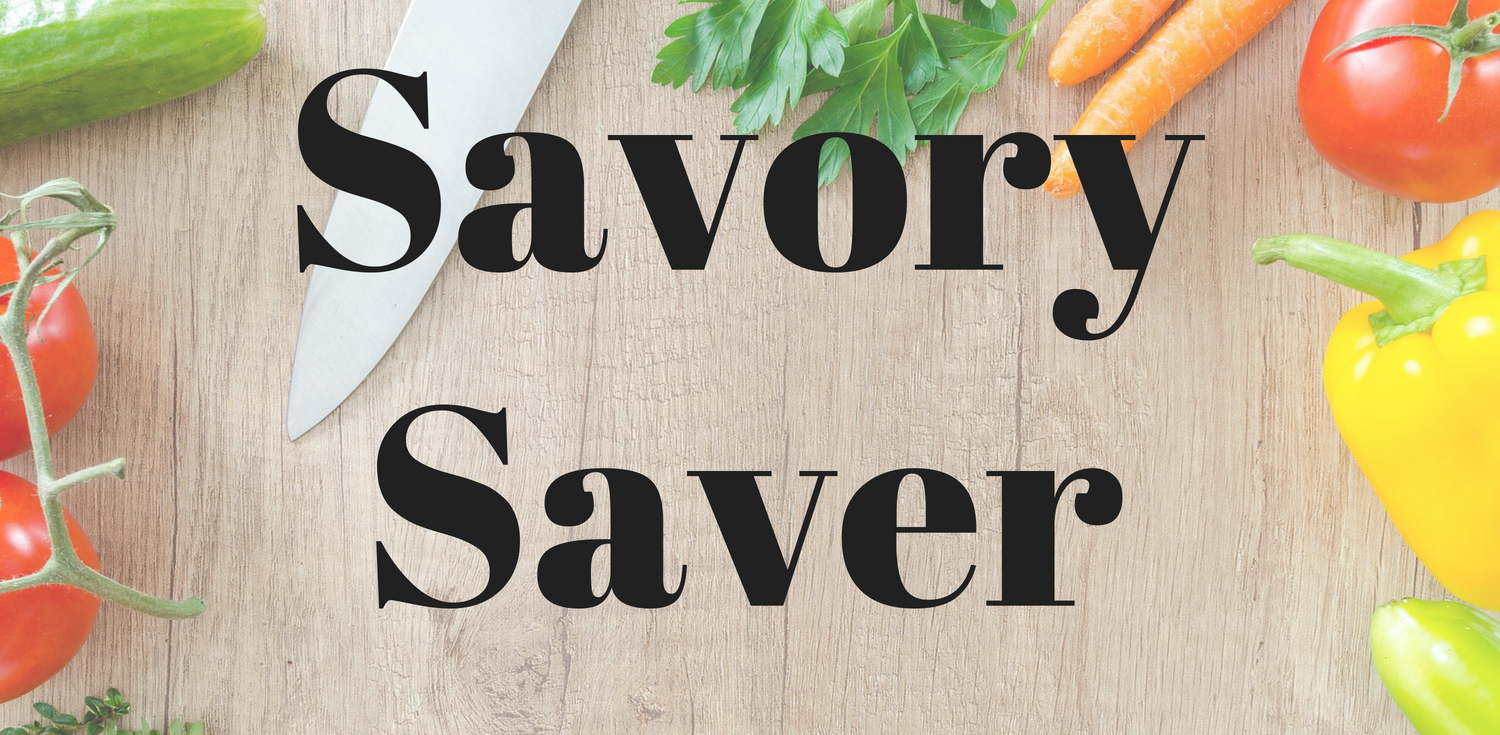
Fresh herbs are important in recipes. They are inexpensive and one of the easiest ways to bring flavor and brightness to a dish. They are not overly expensive but it’s important to get the most out of them. Keeping them fresh after buying them and preserving them for longer storage is easy and lets you have fresh herbs whenever needed.
Fresh Herb Storage
After bringing home fresh herbs from the store, you want to keep them as fresh as possible. For bunches of herbs like parsley and cilantro, cut off a little bit of the stems and place in water like flowers. Change the water and cut the stems a little bit every 2-3 days. Some herbs, like sage, thyme and bay leaves come in the small plastic packages. I leave them packaged as they are and use as needed and preserve them by drying before they go bad.
You can find the herb keeper I like using for fresh herbs HERE.

Drying Fresh Herbs
Doesn’t drying fresh herbs make them not fresh? Yes, it does. For some herbs, drying is a better method of preserving them. Let’s be honest, how long have those jarred herbs been in your spice rack? If you can’t remember, it’s time for new ones. Herbs like thyme, oregano, sage, and mint are all great for the drying method. Here are two easy ways to dry herbs.
Air Drying
- Wash the herbs and dry thoroughly.
- Next, tie a piece of string around a bunch of herbs at the stem end.
- Hang the herbs in a well-ventilated area away from direct sunlight until dried. This can take anywhere from one to four weeks.
- Once they are dried they will easily crumble.
- Transfer the herbs to labeled jars for storing and use within a year.
- I like to leave the herbs as whole as possible and then crumble them into the recipe as I use them.
Microwave Drying
All Microwaves are different. This method takes a little practice but is faster than the air drying method.
- Wash the herbs and dry thoroughly.
- Place herbs on a paper towel lined microwave safe plate in a single layer.
- Microwave at 50% power for 30 seconds. The herbs will pop and crackle as the water evaporates out of them.
- Check the herbs after the 30 seconds is up.
- Continue to dry the herbs at 50% power for 10-15 second increments until dried checking after each cycle.
- The herbs are dried once they crumble easily between your fingers.
- Transfer the herbs to labeled jars for storing and use within a year.
When using this method, be careful. I’ve dried the herbs for too long and have caught them on fire. Unless you’re trying to rid the house of evil spirits, you probably don’t want your house smelling like burnt sage.
I use herbs like dried thyme in soups like Sausage, Lentil and Kale Soup.

Freezing Fresh Herbs
- Fresh Herbs that are leafy like Parsley and Cilantro are better for freezing.
- Wash the herbs. They do not have to be dried.
- Put the leaves and tender stems into a food processor. You could also hand chop them if you wanted.
- Pulse a few times to break down some of the leaves.
- Add a few tablespoons of water to the herbs and pulse a few more times. You don’t want it to be paste. Some bigger pieces are good.
- Put the processed herbs into ice cube trays, packing them in some.
- Cover the herbs with water and freeze until solid.
- Once frozen, remove herb cubes from the trays and put into labeled freezer bags.
I add a frozen cube or two of frozen parsley to soups at the end of cooking time. The hot soup melts the ice quickly and I have fresh parsley to finish off the soup.
I use frozen cilantro in recipes like Restaurant Style Salsa. I pop it in the food processor with the onions and jalapeno and pulse it all up together. The blade breaks up the ice and the cilantro is ready to go.

Using fresh herbs really does make a difference in recipes. I hope you find the methods useful in your kitchen and it allows you to use more fresh herbs in the future.
If you like these tips, please sign up for my free meal planner. That way we can connect more and I can learn what other tips and recipes you are looking for.


